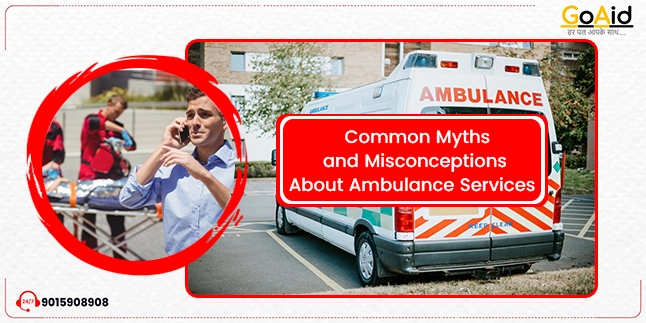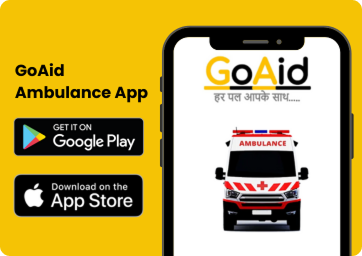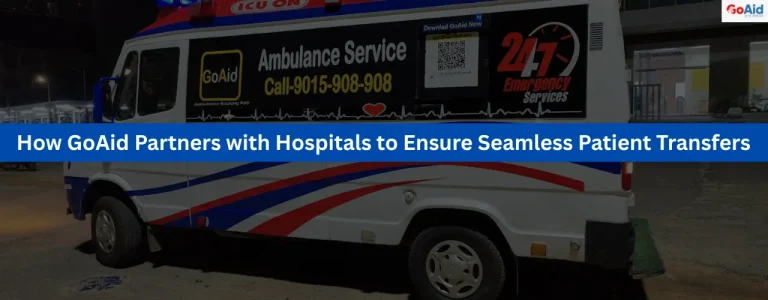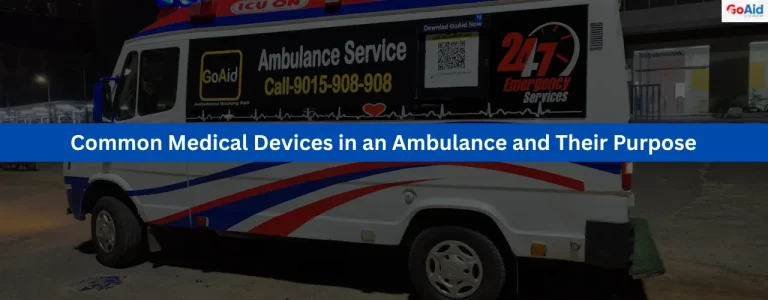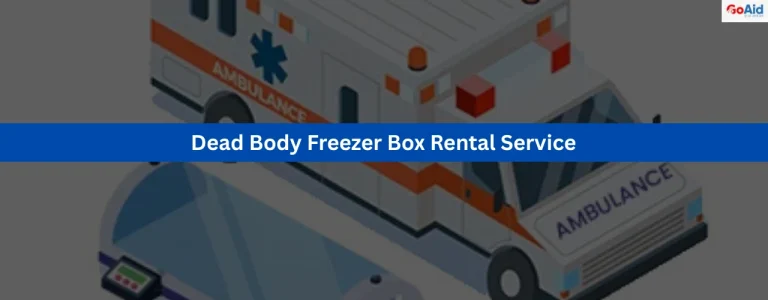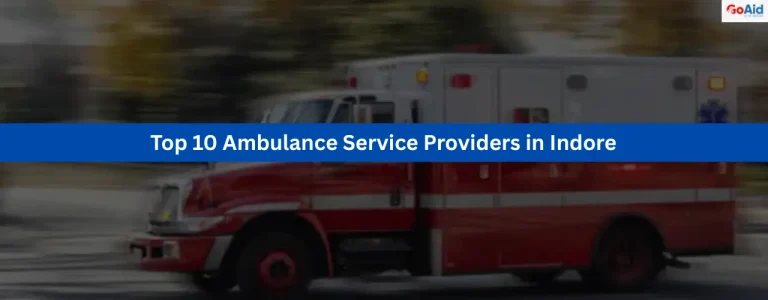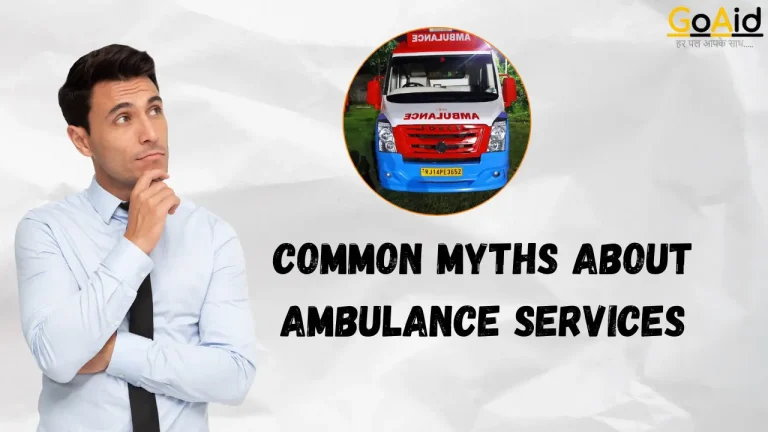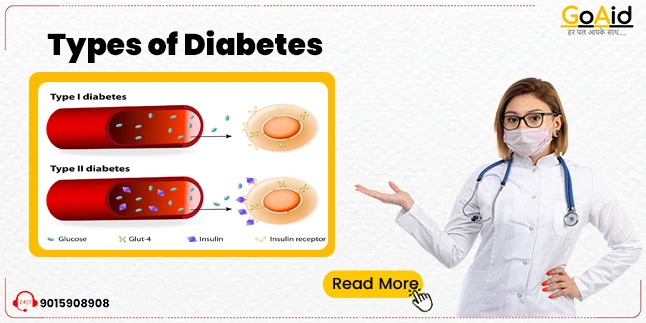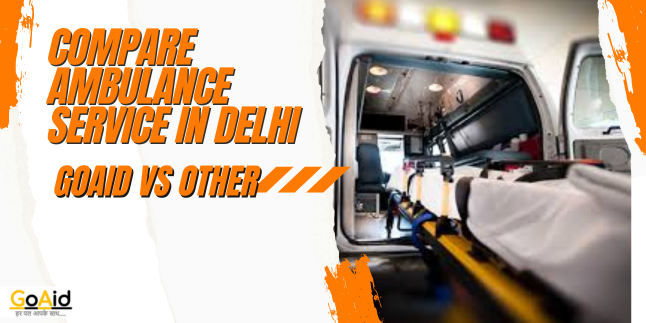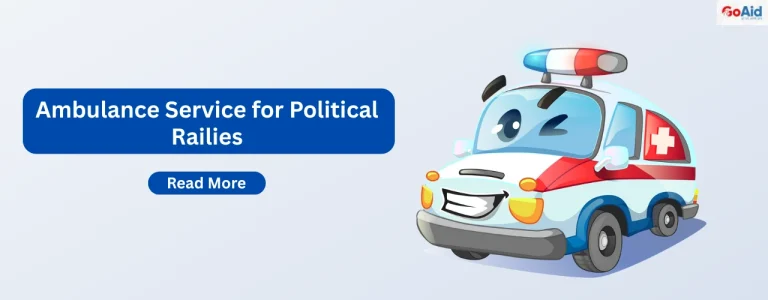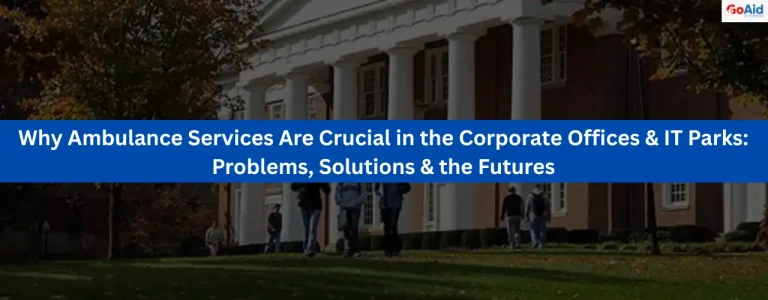Ambulance is a life-saving vehicle created by humans, considered one of the greatest inventions of the centuries. These vehicles not only provide hope but also save lives by offering timely emergency medical transportation to patients. Hence, it’s common to encounter misconceptions about ambulance services.
In this blog, we have addressed the misconceptions that can arise among the general public regarding ambulance services and have provided answers to each of them.
After reading this blog, you might not have any unresolved myths or misconceptions related to ambulance services. Feel free to share this important blog with your friends and acquaintances after reading it and finding it worth sharing.
So, let’s get started.
Common Myths and Misconceptions About Ambulance Services
We have listed the 20 most common myths and misconceptions about ambulance services and provided the reality below:
Misconception 1:
Ambulance services are only for life-threatening emergencies.
Reality: Ambulance services can be used for a wide range of medical situations, not just life-threatening emergencies. They provide immediate medical care and transport for various medical conditions and injuries.
Misconception 2:
Ambulance services are always expensive, and insurance won’t cover the costs.
Reality: The cost of ambulance services can vary, but many health insurance plans do cover some or all of the expenses. It’s important to check with your insurance provider for details on coverage.
Misconception 3:
Ambulance services are slow to respond and won’t arrive on time.
Reality: Ambulance services are designed for rapid response and aim to reach the scene as quickly as possible. Response times can vary based on location, traffic, and other factors.
Also Read: Top 10 Ambulance Service Providers in Delhi
Misconception 4:
Ambulance personnel are just drivers and can’t provide medical care.
Reality: Ambulance personnel, including paramedics and emergency medical technicians, are highly trained medical professionals who can provide a range of medical care, including life-saving interventions.
Misconception 5:
Calling an ambulance guarantees faster service at the hospital.
Reality: Calling an ambulance doesn’t guarantee faster service at the hospital. Patients are prioritized based on the severity of their condition, regardless of how they arrive at the hospital.
Misconception 6:
Ambulances only transport patients to the nearest hospital.
Reality: Ambulances can transport patients to different hospitals based on the patient’s medical needs, preferences, and the availability of specialized services at different facilities.
Misconception 7:
You can’t refuse ambulance service if someone else calls it for you.
Reality: Patients have the right to refuse ambulance service, even if someone else calls it on their behalf. They can decline transport and care if they wish.
Misconception 8:
Ambulances take the longest route to the hospital to increase costs.
Reality: Ambulance services aim to take the quickest and safest route to the hospital to provide timely medical care. Their goal is to ensure the patient’s well-being, not to increase costs.
Also Read: Can Ambulances Break Traffic Rules?
Misconception 9:
Ambulance services are only for major cities and urban areas.
Reality: Ambulance services are available in many rural and remote areas as well. They are an essential part of the healthcare infrastructure in communities of all sizes.
Misconception 10:
Ambulance personnel are not as qualified as hospital staff.
Reality: Ambulance personnel, including paramedics and emergency medical technicians, are highly trained and certified professionals. They have the skills and knowledge to provide emergency medical care and life-saving interventions.
Misconception 11:
Calling an ambulance will always get you treated faster in the emergency room.
Reality: While calling an ambulance is important in emergencies, it doesn’t guarantee faster treatment in the emergency room. Patients are triaged based on the severity of their condition, not on how they arrived at the hospital.
Misconception 12:
Ambulance services are always provided by the government.
Reality: Ambulance services can be provided by various entities, including government agencies, private companies, and non-profit organizations. The structure and funding of these services can vary by location.
Also Read: Ambulance Response in Rural vs. Urban Areas: Bridging the Gap
Misconception 13:
You can choose to ride in the ambulance with the patient.
Reality: Policies on passengers in ambulances vary. In some cases, a family member or friend may be allowed to ride in the ambulance, but it is ultimately up to the discretion of the ambulance crew.
Misconception 14:
Ambulance services are the same everywhere.
Reality: Ambulance services can vary significantly based on location, funding, and regulations. Services may differ in terms of response times, equipment, personnel, and protocols.
Misconception 15:
You don’t need to call an ambulance if you can drive to the hospital.
Reality: In some medical emergencies, driving to the hospital can be dangerous. Calling an ambulance ensures that the patient receives immediate medical care and is safely transported to the hospital.
Misconception 16:
Ambulance services are only for transporting patients to the hospital.
Reality: Ambulance services provide more than just transportation; they offer medical care and monitoring during transit. Paramedics and EMTs can perform life-saving interventions and provide crucial support to patients en route.
Also Read: Tips for Administering First Aid Before the Ambulance Arrives
Misconception 17:
The sirens and lights on an ambulance are always used.
Reality: Ambulances use sirens and lights when they need to quickly navigate traffic and reach the scene or hospital. However, they may not use them in all situations, such as when a patient requires a calm and quiet environment.
Misconception 18:
You can choose to wait for a specific ambulance service.
Reality: In most cases, emergency calls are dispatched to the closest available ambulance service to ensure the quickest response time. You usually can’t choose which ambulance service responds to your call.
Misconception 19:
You should only call an ambulance if you’re sure it’s a serious emergency.
Reality: If you’re unsure about the severity of a medical situation, it’s better to call an ambulance. They can assess the patient’s condition and provide the necessary care.
Misconception 20:
Ambulance personnel have the authority to admit you to the hospital.
Reality: Ambulance personnel can recommend hospital admission based on their assessment, but the final decision is made by the hospital’s medical staff.

